THE BLOG
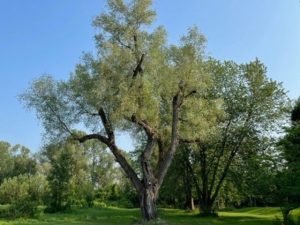
Black Willow Pruning
This large Black willow (Salix fragilis) was pruned to remove storm damaged limbs as well as for structural reductions. Structural reductions help to reduce failure potential. Distal portions of the canopy were removed to create a more pleasing form. Crack willows as well as Golden weeping willows greatly benefit from this type of pruning.
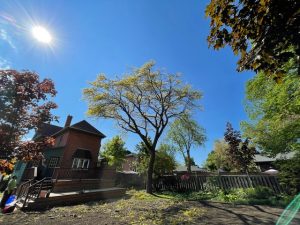
Honeylocust Canopy Denisty Reduction
Canopy density reduction and building clearance as well as deadwood removal and canopy raising of mature Honeylocust.
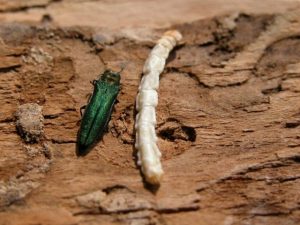
Emerald Ash Borer
Emerald ash borer damage can also be seen where there are thinning crowns, branch dieback, cracking bark and “D” shaped exit holes as well as yellowing or stunted foliage. Early detection is crucial if the specimen is to be preserved. Where preservation is not an option early removal is encouraged.
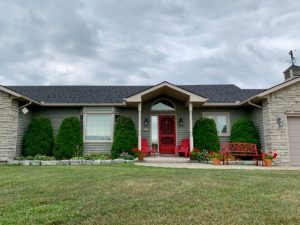
Emerald Cedar Height Reduction
These Emerald green cedars were growing into the soffit and beginning to cause damage. Emerald cedars are often planted close to structures, they remain relatively small and have a pleasing pyramidal form. As with many trees planted near buildings, without regular maintenance they can become too large for their area and will require pruning. These Emerald cedars were pruned for height reduction using naturalized pruning techniques so that they are no longer interfering with the structure and retain the undulating appearance that gives them the natural form that many prefer.
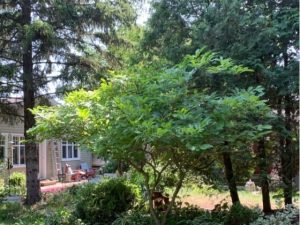
Magnolia Height Reduction
This Magnolia tree is in excellent health but it had never been pruned before. Some limbs were carrying too much weight and were becoming a potential failure point. The clients wanted to reduce the height and improve the overall appearance. This specimen will require another phase of pruning to achieve the ideal form. After we reduced the height and dealt with the structural issues we pruned back the Cedars that were competing for sunlight, which will allow the holes in the Magnolia canopy to fill out so that we can achieve a more symmetrical form following the next round of pruning.
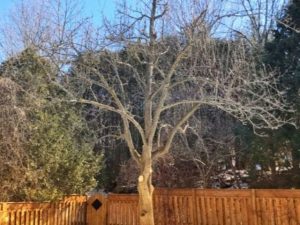
Pear Tree Pruning
This Pear tree had significant dieback. All the deadwood was pruned out before beginning structural and formative care. Limbs with poor attachments were reduced to minimize failure potential and reductions were made to limbs that would be likely to continue dying back in the near future. This is done so that the tree does not need to expend energy compartmentalizing failing branches and twigs but rather puts the energy into reinvigorating the preferable branching structure that remains. Further pruning is one to balance the canopy and provide a more pleasing aesthetic.
